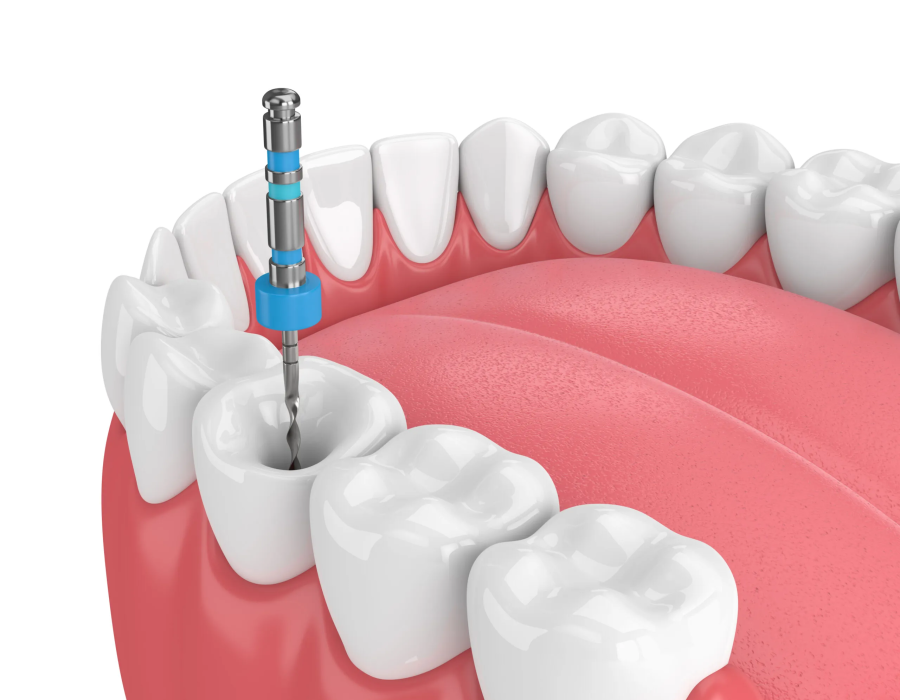If you’ve been told you need endodontic treatment, you may be wondering what the step-by-step process of a root canal procedure actually involves. While the term “root canal” can seem intimidating, it’s a highly effective method to save your natural tooth and eliminate infection. Knowing each step in advance can ease anxiety and help you feel more confident before your appointment.
Diagnosis and Imaging:
The process begins with a thorough examination to determine if a Root Canal Treatment in Dubai is truly necessary. Your dentist or endodontist uses advanced tools to assess the damage and plan the treatment.
- Digital X-rays are taken to reveal the extent of infection or inflammation
- The dentist evaluates symptoms like deep decay, sensitivity, or swelling
- You’ll be asked about your medical history, medications, and dental habits
- In some cases, a CBCT scan may be used for detailed 3D imaging
- Once confirmed, the procedure is scheduled and pre-treatment instructions are given
This step ensures a proper diagnosis and precise treatment planning before the actual work begins.
Numbing and Tooth Isolation:
To keep you comfortable and prevent contamination during the procedure, the dentist carefully prepares the treatment area.
- Local anesthesia is administered to numb the affected tooth and surrounding tissues
- A dental dam (a thin rubber sheet) is placed to isolate the tooth from saliva and bacteria
- You’ll remain awake but pain-free throughout the procedure
- The dam also improves visibility and helps keep the tooth dry during treatment
- Your dentist may offer a bite block or headphones to help you relax
This step makes the entire experience smoother, safer, and much more comfortable for the patient.
Accessing the Infected Pulp:
Next, the dentist begins the internal part of the procedure by opening the tooth and reaching the pulp chamber.
- A small hole is drilled into the top of the tooth to reach the pulp
- Diseased pulp tissue, which includes nerves and blood vessels, is removed using special tools
- You may hear gentle buzzing or feel vibration, but no pain
- Removing the pulp eliminates the source of infection and inflammation
- The canals are now ready to be cleaned, shaped, and disinfected
This step is essential to stop the spread of infection and prevent future damage.
Cleaning and Shaping the Canals:
After the pulp is removed, the canals are thoroughly cleaned and shaped to prepare for sealing.
- Tiny, flexible files are used to enlarge and shape each canal uniformly
- Irrigating solutions flush out bacteria, debris, and any remaining pulp
- Your dentist ensures all root canals are accessed and disinfected
- In some cases, medication may be placed inside the canals if the infection is severe
- A temporary filling may be placed if a second visit is needed
This stage is critical for ensuring that all infection is cleared and the canals are ready for permanent filling.
Sealing and Filling the Tooth:
Once cleaned, the Root Canal Treatment are sealed to prevent reinfection. This step completes the internal restoration of the tooth.
- Canals are dried with absorbent paper points before sealing
- A rubber-like material called gutta-percha is inserted to fill the canals
- The dentist seals the opening with a temporary or permanent filling
- In some cases, a post may be inserted to reinforce the tooth’s structure
- A crown is often recommended later to protect and restore function
This sealing step prevents bacteria from re-entering and ensures long-term success of the treatment.
Recovery and Final Restoration:
After the procedure, your dentist will guide you through the recovery and next steps to complete the restoration.
- Mild soreness or sensitivity may last a few days and is manageable with medication
- Avoid chewing on the treated tooth until the final crown is placed
- Follow-up visits ensure healing and help place the permanent crown
- Proper oral hygiene and regular dental checkups are key to long-term success
- Most root canal-treated teeth last as long as natural teeth when properly restored
This final phase ensures the tooth remains functional, pain-free, and strong for years to come.
Final Thoughts: The Step-by-Step Process of a Root Canal Procedure
Understanding the step-by-step process of a root canal procedure makes it less mysterious and far less intimidating. From diagnosis and numbing to cleaning, sealing, and recovery, each phase is carefully designed to preserve your natural tooth and relieve pain. With modern techniques, root canals are comfortable, safe, and highly successful—giving you every reason to protect your smile instead of extracting the tooth.





Comments